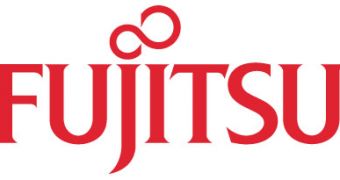Fujitsu announced that they are working on a new type of resistive, non-volatile RAM (ReRAM) to combine low power consumption with a limited fluctuation of resistance value. This is an update to their previous achievements in the field. The addition of a nickel oxide layer removes many of the technological barriers and allows ReRAM to become an alternative to Flash-based storage.
Resistive memory is made of a special material that changes its resistance each time voltage is applied. The ReRAM is built using nickel oxide and researchers discovered that when adding titanium to the RAM structure the energy requirements are considerably cut down. For instance, erasing the memory would only take 100 micro-amperes and could be achieved in a record time of 5 nanoseconds. According to Fujitsu, the erase speed is approximately 10,000 times faster than previous achievements.
Fluctuation of resistance is another factor researchers are taking into account, as this value directly affects the memory quality. The project engineers were able to decrease the fluctuation of resistance value by 90 percent as compared to the older ReRAM technology. These fluctuations are a natural appearance over time and alter the resistance values of individual cells, which negatively impacts on uniformity and operation. New approaches have allowed Fujitsu engineers to cut them down to just 10 percent of the conventional ReRAM values.
The new memory is extremely dense, which means that high storage capacity can be achieved on a very small surface. This feature involves low cost manufacturing, which can transform it into the ideal candidate for replacing the actual Flash technology.
The company talked about the new memory design at the International Electron Devices Meeting in Washington. Fujitsu's interest in ReRAM dates several years back and they have allocated a considerable amount of their budget for its research and development.

 14 DAY TRIAL //
14 DAY TRIAL //